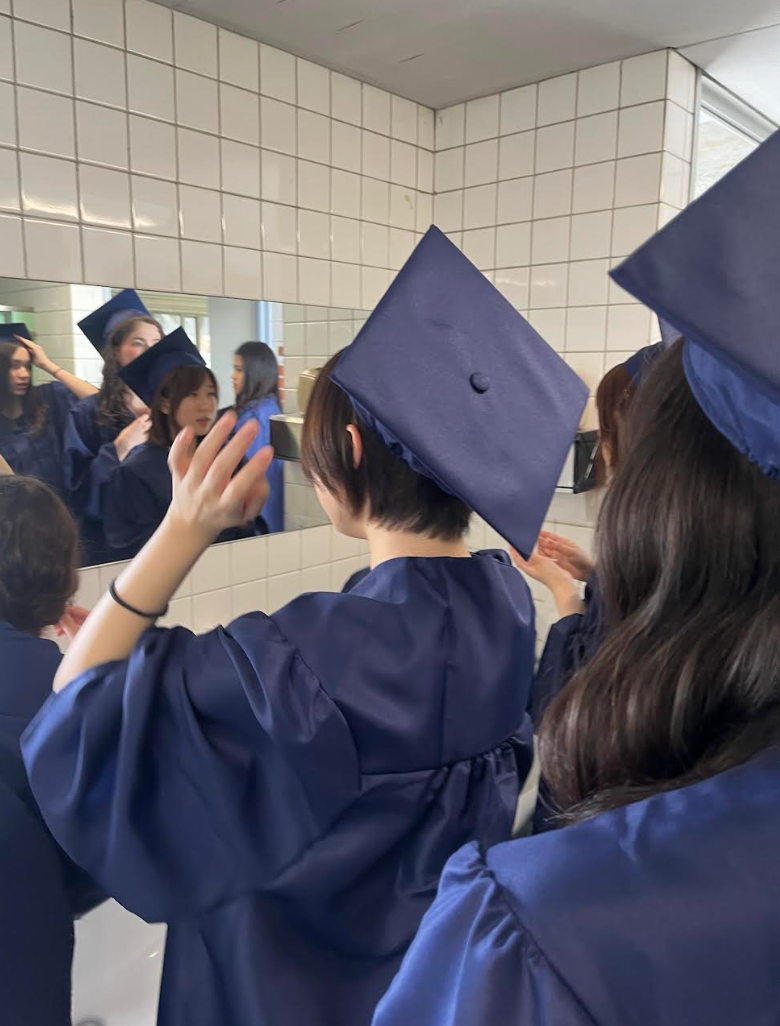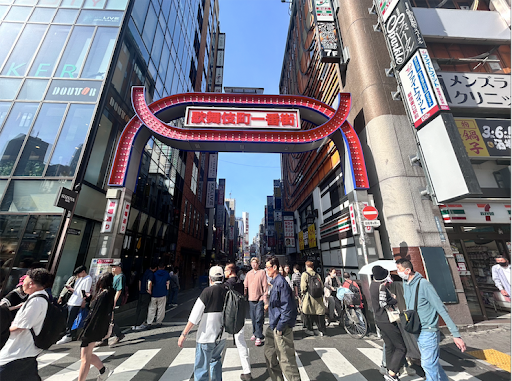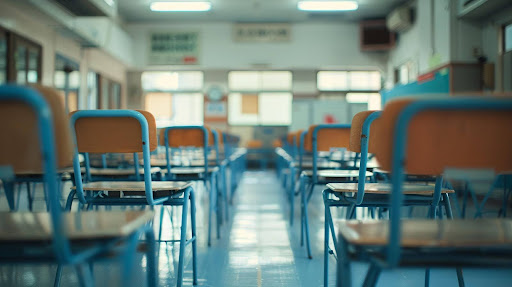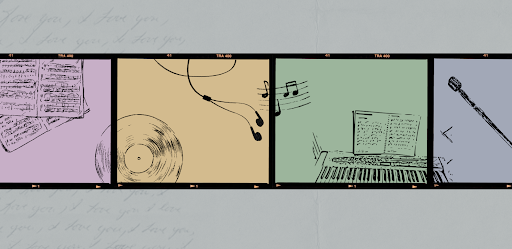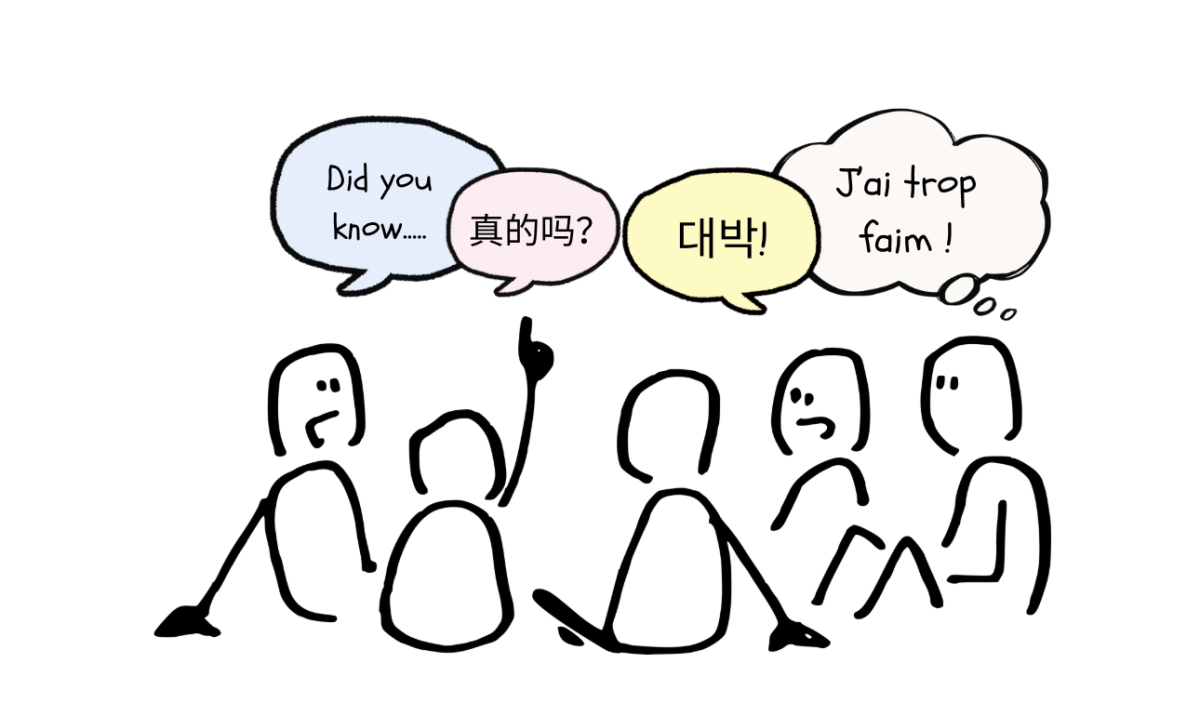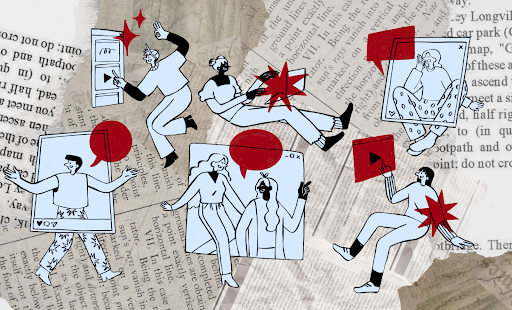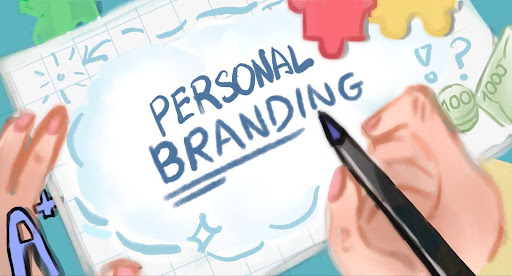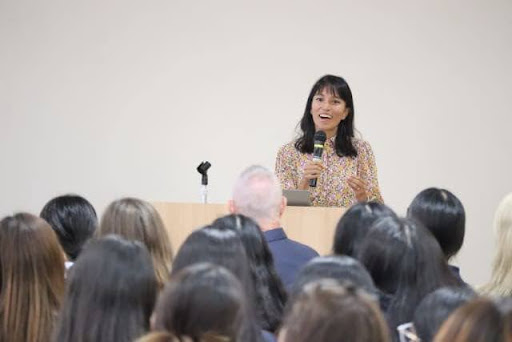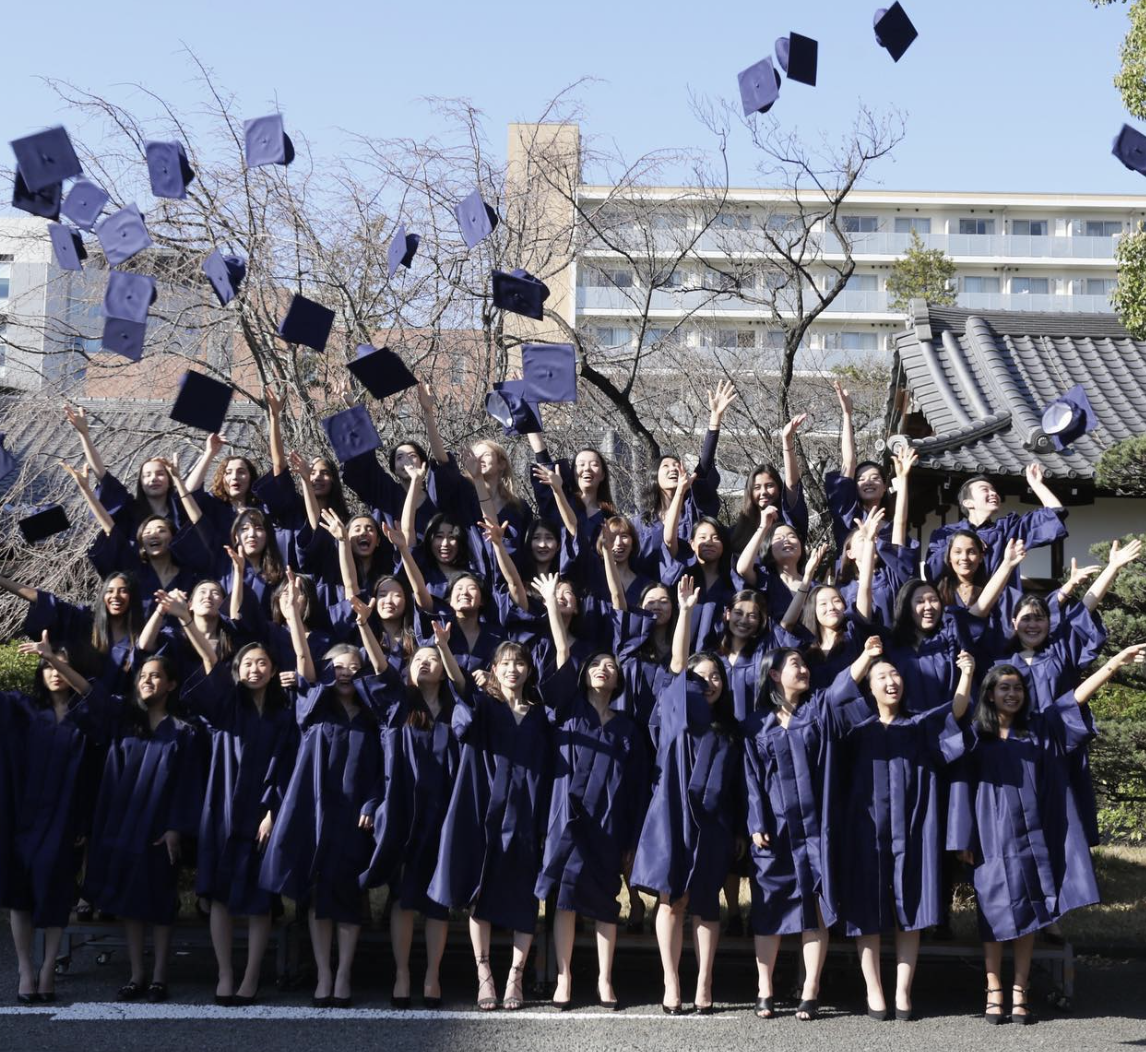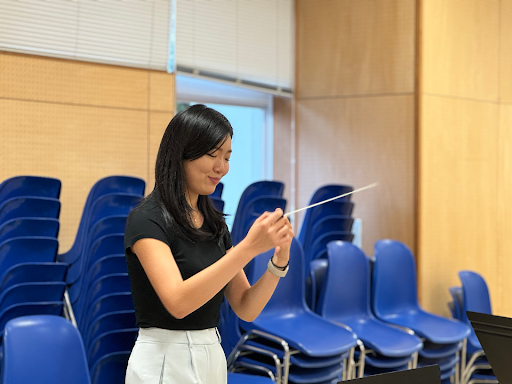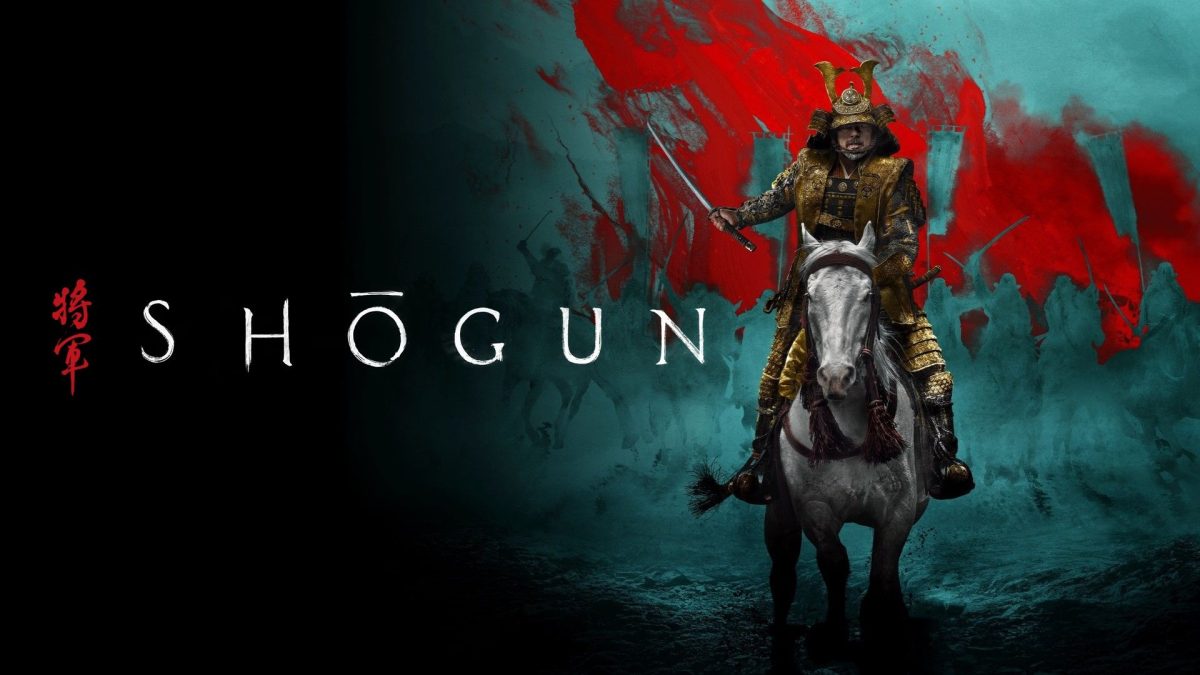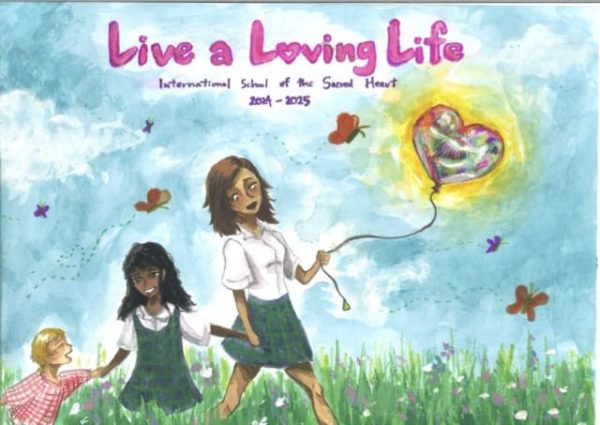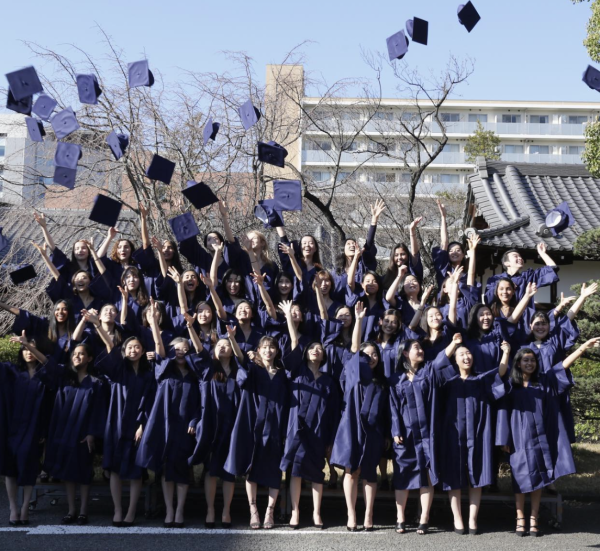Ms. Humphrey
“I’ve always been interested in music. When I was in high school I did a lot of music. I played the clarinet, I played the cello, I sang in the choir, and I did the school musical every year. When I moved to Japan, I watched a performance of a shakuhachi (Japanese end-blown bamboo flute), and since it’s similar to a clarinet, I thought I could try it. So, I went to the local cultural center and they had classes for shakuhachi. I signed up for lessons and started taking classes in the evenings. Luckily, the teacher was very interested to have a foreigner as a student, despite the language barrier. But, specifically, they were very keen to teach, not only a foreigner, but also a female. There are fewer females than males in traditional music in general. But shakuhachi especially is an instrument that Japanese men pick up once they have retired. So all my fellow students were old Japanese men.
When I started it, people were saying to me, “Oh, it’s so hard. Why did you choose such a hard instrument?” I didn’t know that it had that reputation when I first started taking lessons. If you pick up a recorder, most people can play it or make a sound. But with the shakuhachi, you can’t just pick it up and start playing it. It took me a week to make a sound. Some people are obviously very skilled and can start after some instruction, but usually, it takes time.
I think for most working people it’s a big challenge to balance work and hobbies. It’s also hard to continue to play well without practicing. Shakuhachi is an instrument that you need to keep playing because it requires physical capabilities. Its sound is very sensitive to changes in embouchure, and, like most wind instruments, you need to maintain your lung capacity to play well. So you just have to make the time and be committed to go to lessons and not cancel lessons. I must admit, it’s a struggle.
However, playing the shakuhachi is also satisfying. There are a lot of the pieces called the Honkyoku which express emotions and scenery. To play those songs is challenging. Playing these solo pieces can be satisfying but I particularly enjoy playing with others in ensembles. It’s much more enjoyable.
I have a memorable moment. It’s memorable because I was so embarrassed. Before one of my performances, it wasn’t a big performance, I was about to go on stage, and the MC looked down at my feet and she was very alarmed. I had left the toilet slippers on my feet because I was stressed about going on stage. It was really funny. I was so anxious about performing. I also have good memories of having played with very experienced teachers and them giving me supporting feedback. Even though my playing wasn’t amazing, they encouraged me to keep playing and I appreciated that.
I’ve also been learning shamisen (three-stringed traditional Japanese musical instrument) for one and a half years. My teacher teaches in English so that makes life much easier. The shamisen is much easier for me to play than shakuhachi even though the notes aren’t defined on the instrument. I’m trying to learn some of the singing. But the melismatic Japanese sound is hard to achieve. I’m also learning Shinobue (Japanese flute) which is a big part of Nagauta music. It’s a very high pitched instrument. Last year, I played in three Awa Odori festivals. I was on TV! I was excited. I would like to learn Koto (a 13-stringed Japanese instrument) in the future. It’s another expense and more time. But, I now understand why music teachers push students to perform in concerts and recitals– with that pressure, students like me will push themselves to practice.” – Ms. Humphrey


